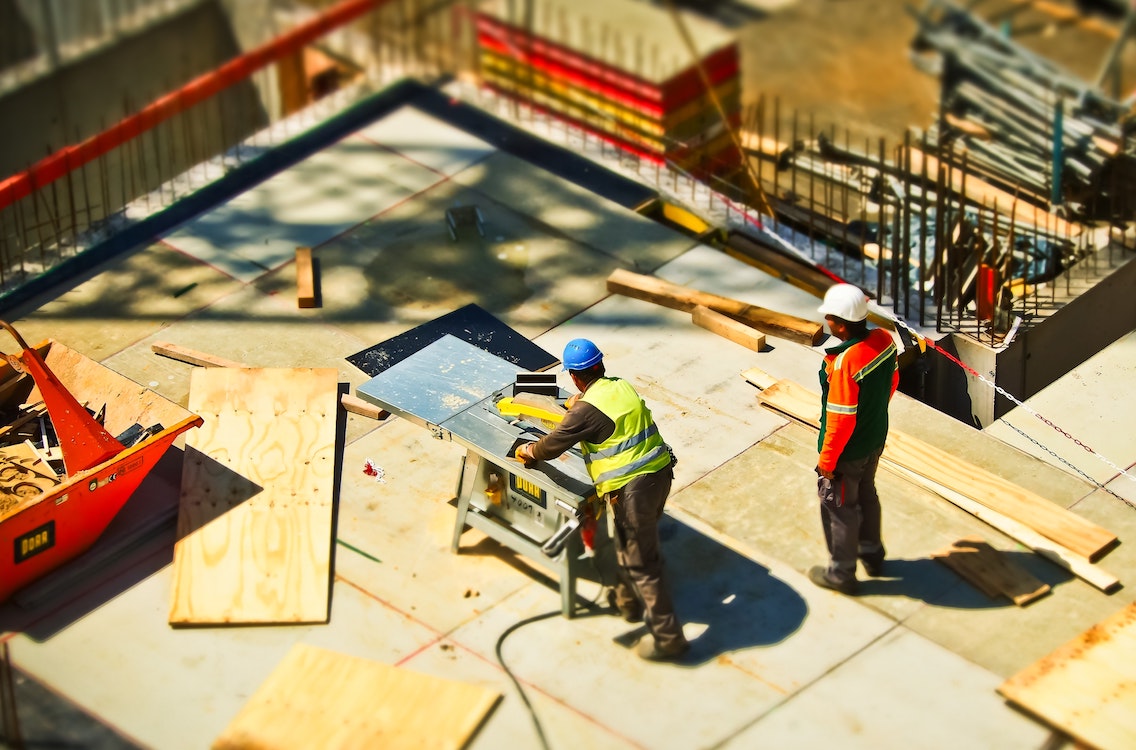
Most homeowners, developers or contractors have heard of a “builders’ lien”. Builders’ liens are deceptively simple and the rights and responsibilities that are associated with them are often misunderstood. In reality, builders’ liens can be quite complicated. This article is a basic introduction to builders’ liens. Contact Ahlstrom Wright if you think you have a right to a builders’ lien or one is registered against your lands.
Builders’ Liens in Alberta: The Builders’ Lien Act (RSA 2000, c B-7)
Builders’ liens are a statutory creation. That means that builders’ liens are created by a law passed by the legislature of a given Province or Territory. A builders’ lien would not exist without the law creating it. Because builders’ liens are statutory creations they will vary between provinces, as will the associated rights and obligations. In Alberta, that law is the Builders’ Lien Act, RSA 2000, c B-7.
What is a Builders’ Lien?
A builders’ lien is a security interest in land. The security interest is equal to the unpaid value of the work or materials used to improve lands. A person (including a company) is entitled to a builders’ lien when they do any work on or in respect of an improvement to land, or furnish any material to be used in an improvement to land. Individuals may also lien for unpaid wages. A person who is not paid for work or materials is entitled to a builders’ lien equal to the price of the work or material that remains due.
Liens commonly attach to “freehold” or fee simple interests in lands, but can also attach to lease interests. The lien will attach to whatever interest has received the benefit of the work or materials.
Common misunderstandings about builders’ liens
A common misunderstanding is that once a builders’ lien is filed by a contractor they are automatically entitled to payment. That is not true. The underlying claim for unpaid work still has to be proven and can be challenged by the owner of the lands or another interested party. In addition, there are different “lien funds” that, once paid by the owner, could result in the discharge of a builders’ lien for less than the value of the work or materials.
Builders’ Lien vs. Construction Lien: What’s the difference?
It is also a common misconception to believe that builders’ liens and construction liens are the same thing. This is not true, and the terms depend on where you are located in Canada. If you are in the Northwest Territories, Nunavut, Yukon, Newfoundland, Nova Scotia, New Brunswick, or PEI, you are probably used to the term “mechanics lien”. In Ontario, they are referred to as construction liens. In Alberta, British Columbia, Saskatchewan, and Manitoba they are referred to as “builders’ liens”.
What You Should Know About Builders’ Liens Before Filing One in Alberta
How long do you have to file a builders’ lien in Alberta?
Lien legislation, including the Builders’ Lien Act, is characterized by tight timelines that must be strictly complied with.
The typical period for filing a lien is 45 days. The lien period runs from the last day material is furnished, or services are provided, or from the date the contract for the materials or services is abandoned. Simply setting foot on the lands is not enough. Even doing work does not count if it is to correct something improperly done or omitted. Land owners and contractors alike will want to keep track of the work completed and paid for.
Builders’ liens for land owners and farmers
If you are a land owner, you should hold back a portion of payment for each invoice until the lien period has expired, particularly if you know there are subcontractors helping with the work. The rule of thumb is 10% of each invoice. However, please contact a litigation lawyer at Ahlstrom Wright to get a better understanding of your rights and obligations in this regard.
How to file a builders’ lien in Alberta
If a dispute over payment arises, a lien may be filed within the 45 day period. To file a lien, you must know the legal description of the land the work was done on, the name of the person or company the work or materials were supplied to, and the total amount being claimed for unpaid work, materials or wages. If you have a municipal address, your lawyer can help you find the legal description. Keep in mind that it often takes time to gather the information. Try not to wait until the last day or two before contacting your lawyer about filing a lien.
Can builders’ liens expire? What is a Certificate of Lis Pendens?
Filing a lien is just the beginning of the process. A builders’ lien will automatically expire after 180 days from the date it is registered unless you file a Statement of Claim in the Court of Queen’s Bench and file a Certificate of Lis Pendens with the land titles office. A Certificate of Lis Pendens, Latin for a certificate of pending litigation, is a registration which gives notice or a warning to people who may be dealing with the land that litigation is ongoing regarding the particular piece of land or other interest in the real property.
It benefits both parties to resolve the dispute over payment within the 180 period, if possible. If the dispute is not resolved, both sides will likely need to contact a lawyer either to file a Statement of Claim or defend against it.
The litigation lawyers of Ahlstrom Wright in Alberta can help streamline the process of builders’ liens for you.
There are many other procedural nuances and obligations that arise in the builders’ lien context. The important thing to understand is when the right to a builders’ lien will arise and the important timelines that must be strictly followed. If you are a contractor performing work or a land owner thinking about making an improvement to your lands, we suggest contacting an Ahlstrom Wright lawyer before you get started.








